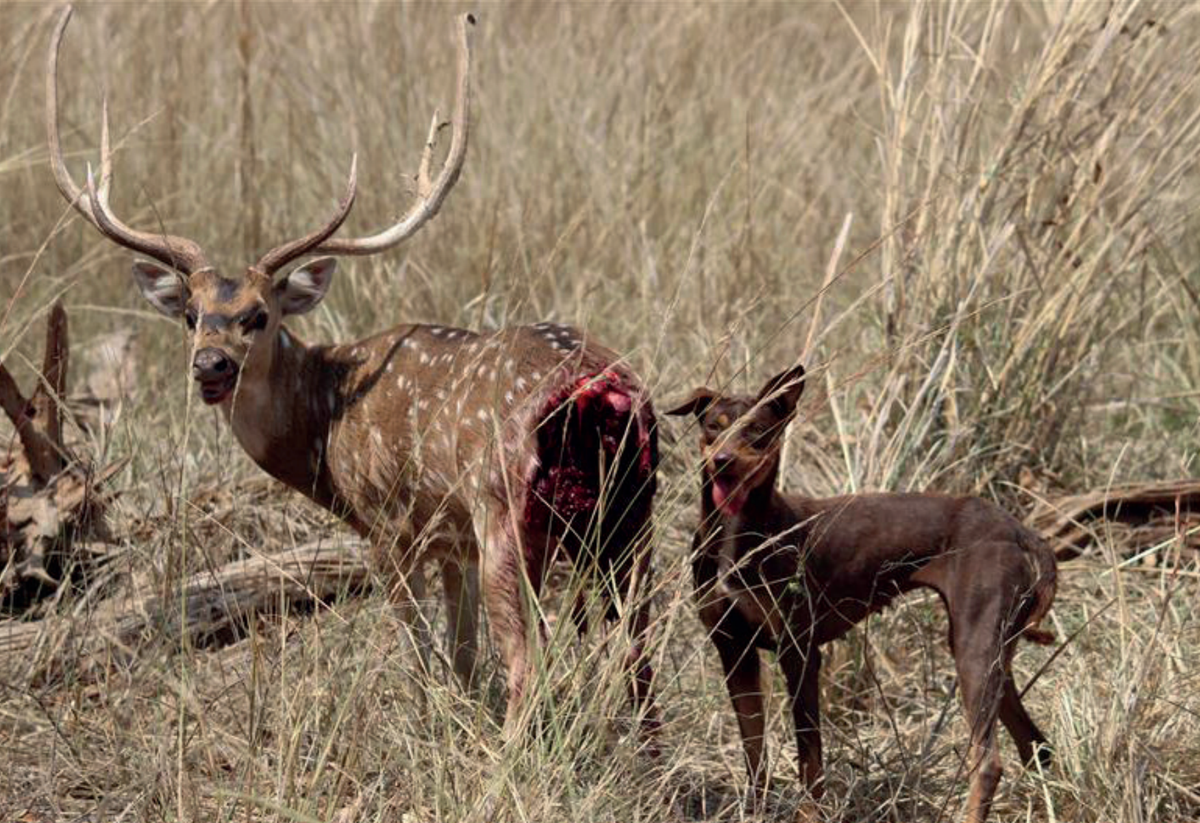Man's best friend - a menace to wildlife
An investigation into the environmental impact of man's best friend - dogs.

With an ever-increasing human population, our love for dogs has also grown multi-fold in the past few decades. However, as a society we have collectively turned a blind eye towards the devastating impacts that one billion domestic, feral, and free-ranging dogs impose on wildlife globally.
Reports and studies have highlighted that feral and free-ranging dogs have been largely responsible for disrupting ecosystems by killing wild animals, transmitting dangerous diseases, and even interbreeding with other canids. Studies have revealed that feral dogs are a potential threat to 188 endangered and threatened species globally. They have also been responsible for the extinction of 11 vertebrates in the recent past. With an exorbitant number of feral dogs roaming around close proximity of various wild reserves, they can compete with other carnivores for prey. There has been vast evidence of this including camera trap records showing dogs feeding on wild carcasses.
Such scavenging and killing of wild animals by feral dogs have exacerbated the negative impacts of dogs on wildlife especially in biodiversity hotspots like India. A striking example of this is the Great Indian Bustard, only 150 of which remain in the wild, which has been threatened by feral dogs in Rajasthan (State in India). Since the feral dog density is high compared to natural predators, the frequency of prey species getting attacked in the forest across India has been extortionate.
In the UK, wildlife can similarly suffer at the paws of ‘feral cats’, which roam across the countryside killing local wildlife and threatening the populations of European Wildcats through transmitting diseases and interbreeding with them. Speaking of diseases, this is another way that feral dogs can threaten wildlife. Free-ranging dogs are known to carry diseases like rabies which are transmitted to animals like, wolf, jackals, deer, foxes etc. during their close encounters with these wild animals.
While activities like predation, hybridization, disease transmission by feral dogs and their repercussions on wildlife have been reported through several studies by conservationists, efforts towards mitigating these effects have not been investigated in their entirety. Unfortunately, the primary way proposed to deal with the issue is through the inhumane killing of feral dogs, rather than considering more sustained methods like animal birth control, dog sterilization or restricting the free-ranging behaviour of the animals. Hopefully, through future emphasis on these strategies we can minimize the encounters dogs have with the wild animals thus, helping numerously endangered species to persist in the wild.









